We all know that the operation of mechanical equipment relies on the function of lubricants, and precision reducers are no exception. Moreover, lubricants are not used casually and generally require following the recommendations of the reducer manufacturer.
In fact, if inappropriate lubricants are used, they not only fail to provide sufficient lubrication and protection, but also have adverse effects on the transmission accuracy, efficiency, and stability of the machine.
It can also cause phenomena such as gear wear, scratches, pitting, and heat generation, causing metal debris to fill the sealed box during the operation of the reducer, exacerbating wear and ultimately causing the malfunction of the reducer and shortening the lifespan of the components.
So, how do we choose lubricants? Let's take a look together.
First, we need to understand that the most expensive lubricant is not necessarily the best, but the one that is suitable is the best. When you are unsure about which lubricant is suitable for your reducer, it is advisable to consult the manufacturer of the reducer. After all, different reducers use different lubricants, and we believe that the manufacturers are professionals in this regard.
Currently, there are two types of lubricants suitable for use with reducers: grease and lubricating oil. The composition of lubricating oil consists of base oil, additives, and solid lubricants, while the composition of grease includes base oil, additives, solid lubricants, and thickeners.
In the lubricant composition, base oil accounts for about 90% and can be divided into mineral-based and synthetic types. Synthetic base oil, especially high-performance and long-life synthetic base oil, is more suitable for the lubrication requirements of reducers.
Different synthetic lubricants have different compatibility with seals. To avoid lubricant leakage, it is necessary to have a detailed understanding of the characteristics of synthetic lubricants and the materials of the seals to ensure compatibility between the two.
Nowadays, most reducers are lubricated with grease. The structure of grease consists of oil and thickeners. Oil accounts for over 90% of the base oil plus additives, with the proportion of additives ranging from 5% to 10% depending on different operating conditions.
The content of thickeners is approximately 40% to 60%. Grease is classified into different grades, such as 000#, 00#, 0#, 1#, 2#, 3#, 4#, 5#, and 6#. The higher the content of thickeners, the harder the grease, resulting in poorer oil separation and lubrication performance when operating in the reducer.
Whether choosing lubricating oil or grease, it is necessary to determine the appropriate lubricant based on the design of the reducer's transmission structure and operating conditions. Factors such as the geometry, material, circumferential speed/sliding speed, load conditions (torque/tooth surface pressure), energy consumption, operating temperature, tooth surface heat dissipation, and sealing conditions should be considered.
The proper lubricant not only provides long-lasting lubrication and protection for the reducer but also helps reduce wear, noise, improve accuracy and reliability, and extend the lifespan of components.
In fact, the real effectiveness lies in the base oil and additives. The function of thickeners is like a sponge with a porous fiber structure that absorbs the base oil. When the reducer is in operation, it continuously releases the absorbed base oil. When the reducer stops, it absorbs the oil again. This process prevents oil leakage and is commonly used in grease for sealing purposes.

Here are some specific recommendations for lubrication in different types of reducers:
1. Horizontal cycloidal reducers are normally lubricated with oil. The oil level should be maintained at the middle of the oil window. Circulating lubrication can be used in harsh working conditions or high ambient temperatures.
2. At normal temperatures, spur gear reducers generally use 40# or 50# mechanical oil for lubrication. To improve the performance and extend the lifespan of spur gear reducers, it is recommended to use 70# or 90# extreme pressure gear oil. Lubricating oil should also be reconsidered for high and low-temperature operating conditions.
3. When installing a vertical planetary cycloidal pinwheel reducer, it is important to prevent the oil pump from running dry to avoid damage to the reducer components.
4. When refueling, unscrew the vent cap on the upper part of the housing for refueling. To drain the oil, simply unscrew the drain plug below the housing. Generally, reducers do not come with lubricating oil pre-filled from the factory.
5. After the first refueling operation, replace the oil with new oil (and clean out any internal contaminants) after 100 hours of continuous operation. It is recommended to replace the oil every six months (based on 8 hours of daily operation).
If operating conditions are harsh, the oil change interval can be appropriately shortened. Practical experience has shown that frequent cleaning and oil changes (such as every 36 months) significantly extend the lifespan of reducers.
In conclusion, it is evident that the use of lubricants in reducers requires careful consideration. Blindly using lubricants can lead to unnecessary losses.
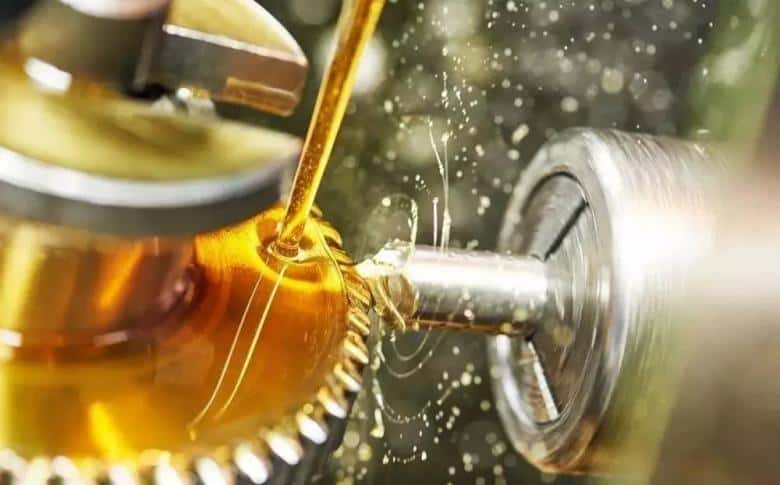
 English
English Deutsch
Deutsch Русский
Русский Español
Español
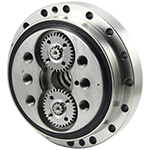
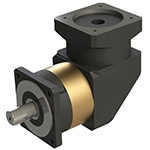
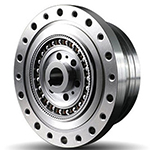
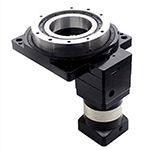
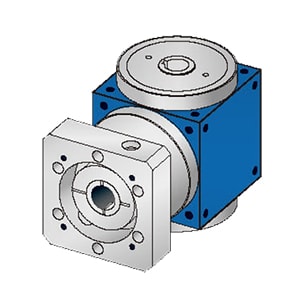


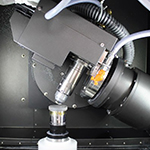

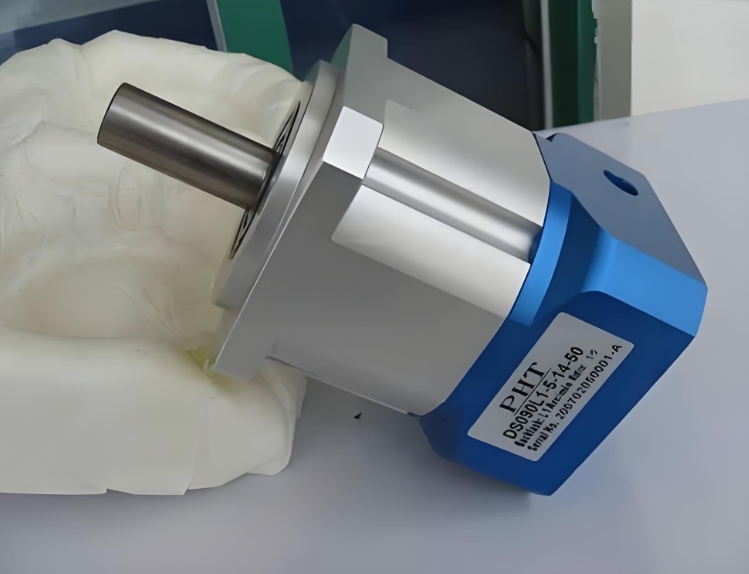
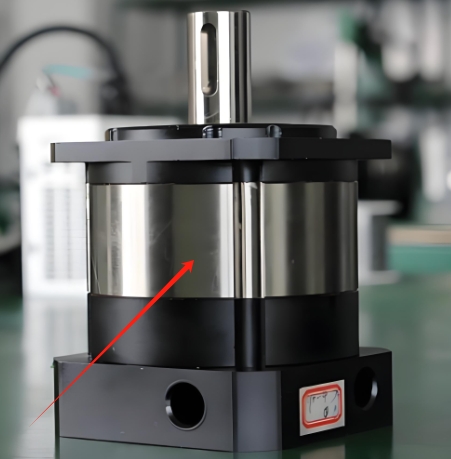
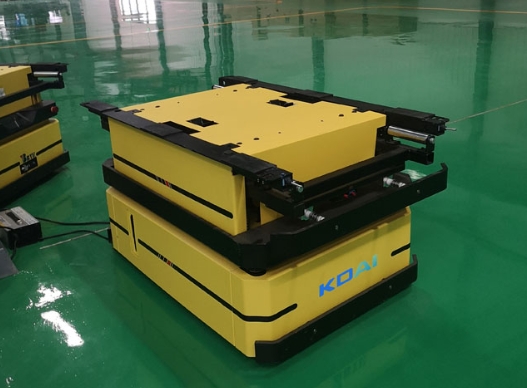
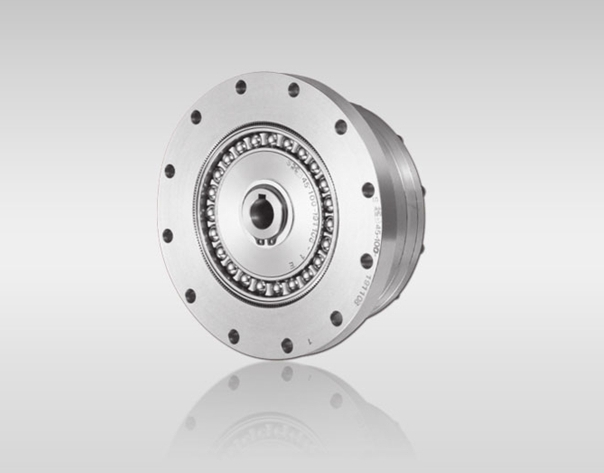
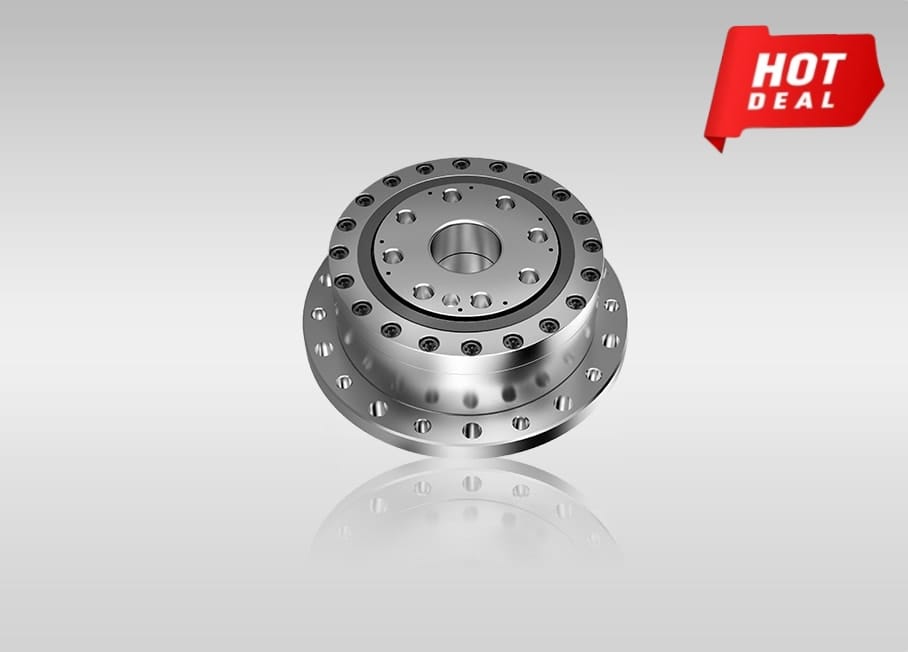
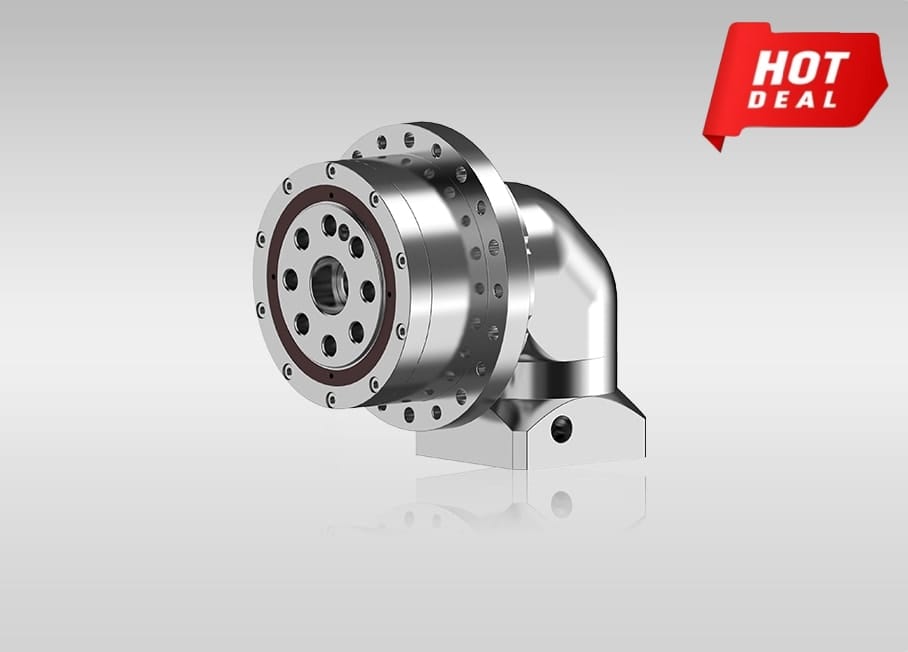
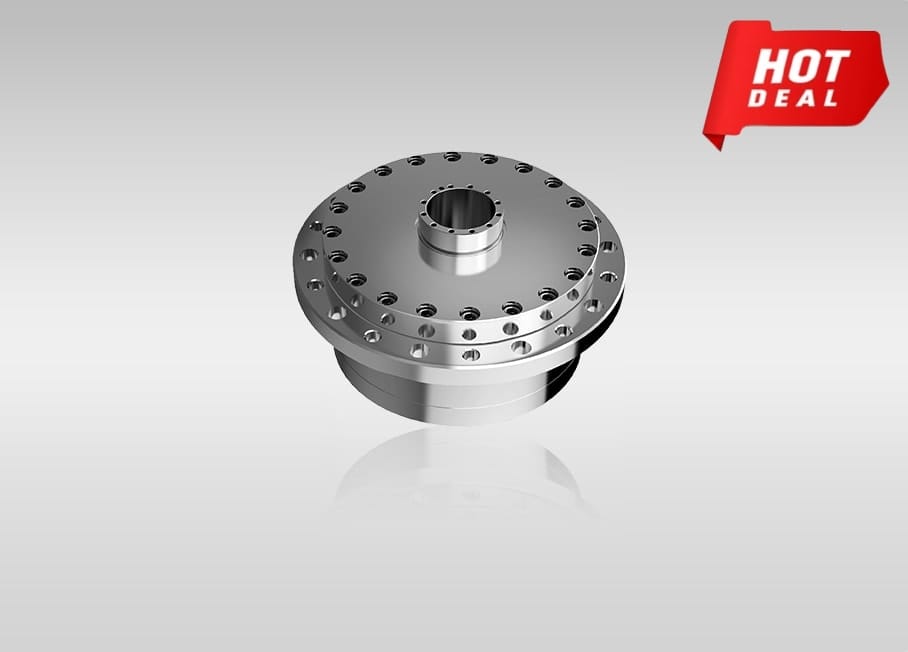
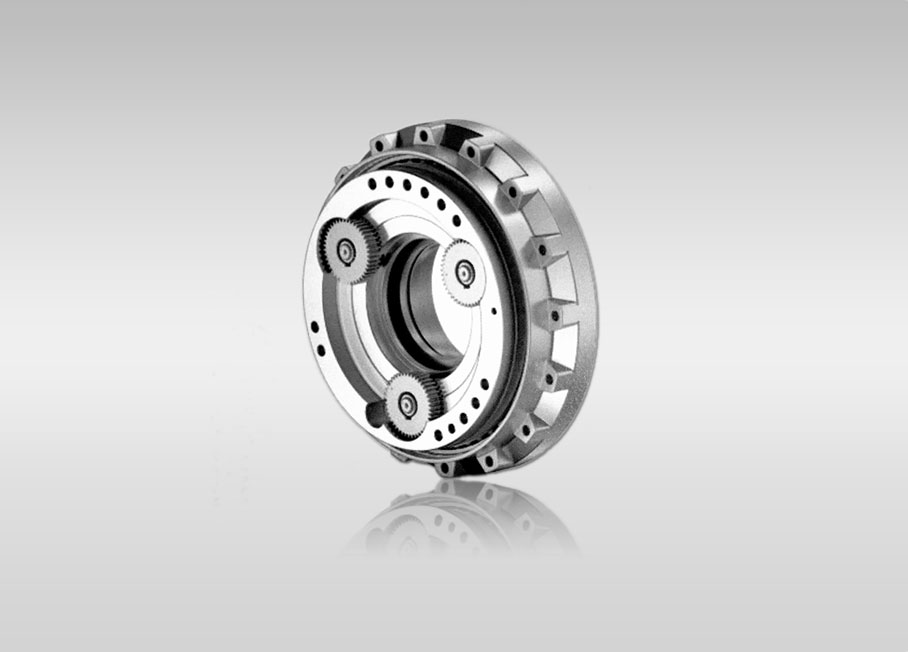
Quote Now